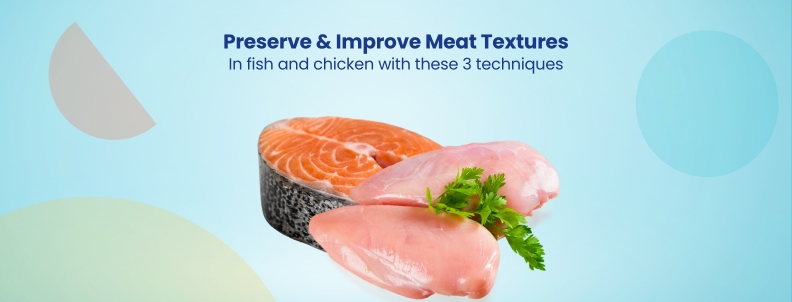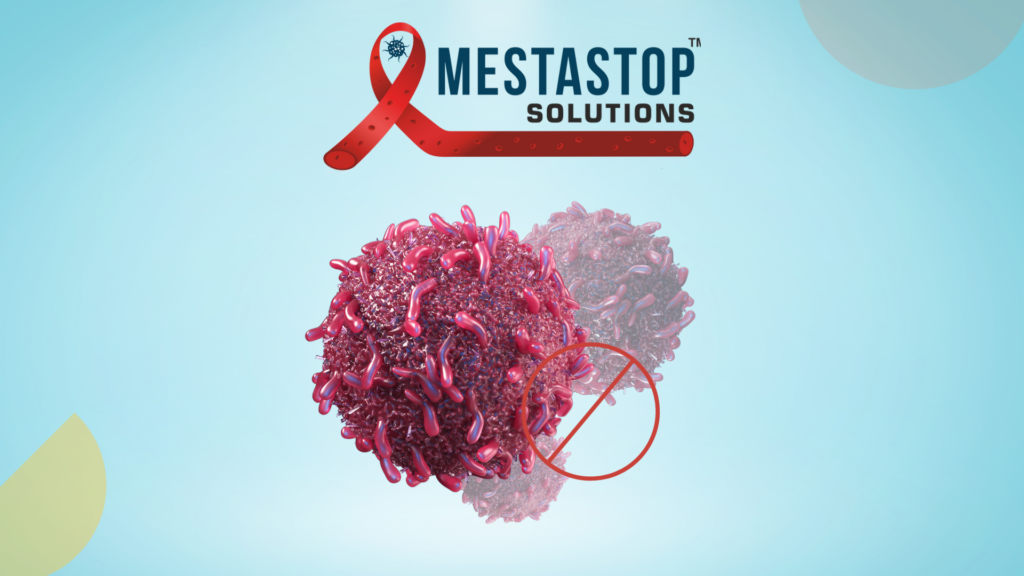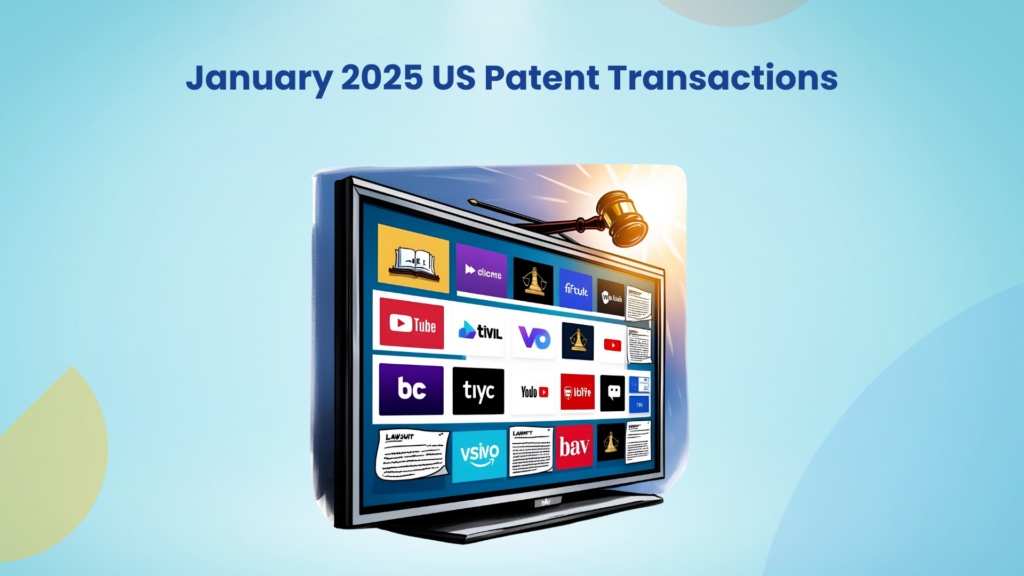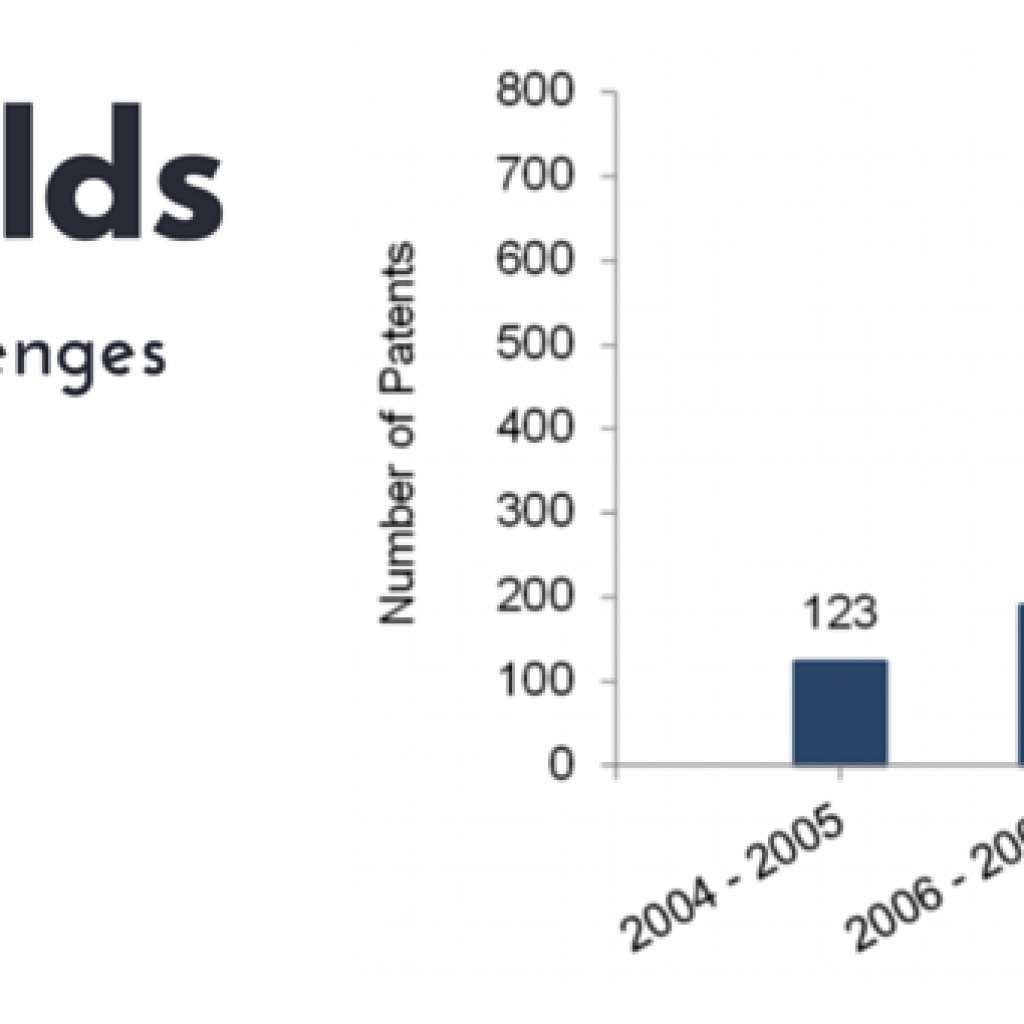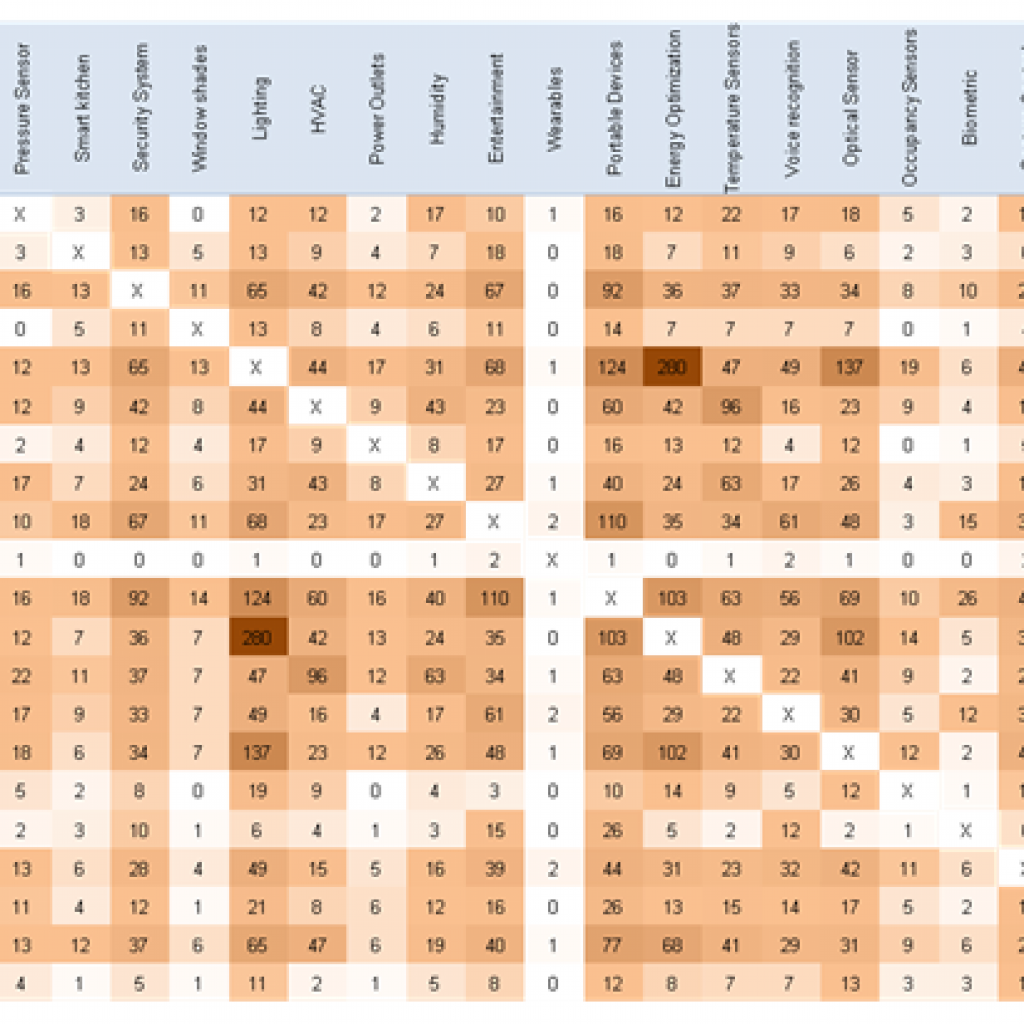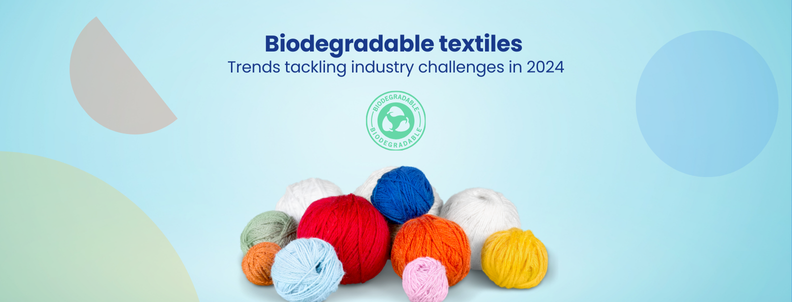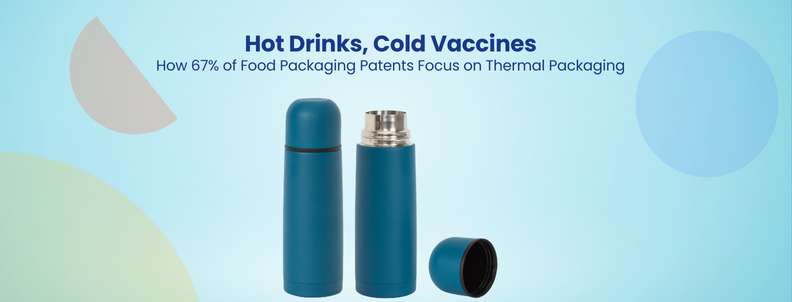“Texture is among the most critical and perceptible meat features that influence consumers’ first impressions and final quality judgment when purchasing a meat product.”
– Mir N.A., Rafiq A., Kumar, F., et al. Journal of Food Science and Technology
A powerful shift towards minimally processed meat products has taken root due to consumers’ growing consciousness. Even restaurants and professional chefs are now placing greater emphasis on maintaining and improving the texture of meat in their dishes. Moreover, aligning with sustainability imperatives, the industry is tasked with curbing food waste and optimizing food product utilization.
Driven by this change, the meat industry continually explores and innovates novel solutions to preserve and improve the texture of meat products, especially staples like chicken and fish. This involves advancements in freezing, packaging, and cooking methods that better maintain the integrity of chicken and fish products.
Several solutions help preserve and improve the texture of meat and poultry without using traditional additives. This article discusses some of the newly emerged ones.
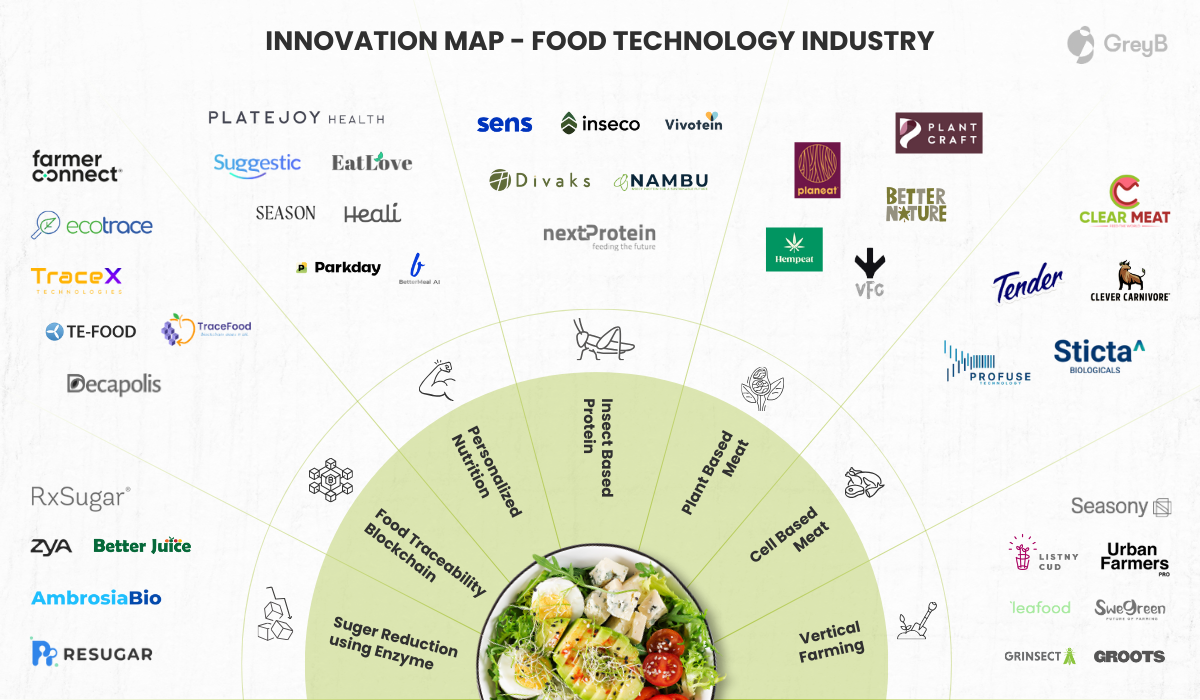
Explore the recent innovations in food technology! Learn about leading startups creating insect-based proteins, plant-based meat alternatives, and more. Get your hands on our Food Tech Startup Report to uncover the latest trends shaping the future of food.
Fill out the form below and request your copy today!
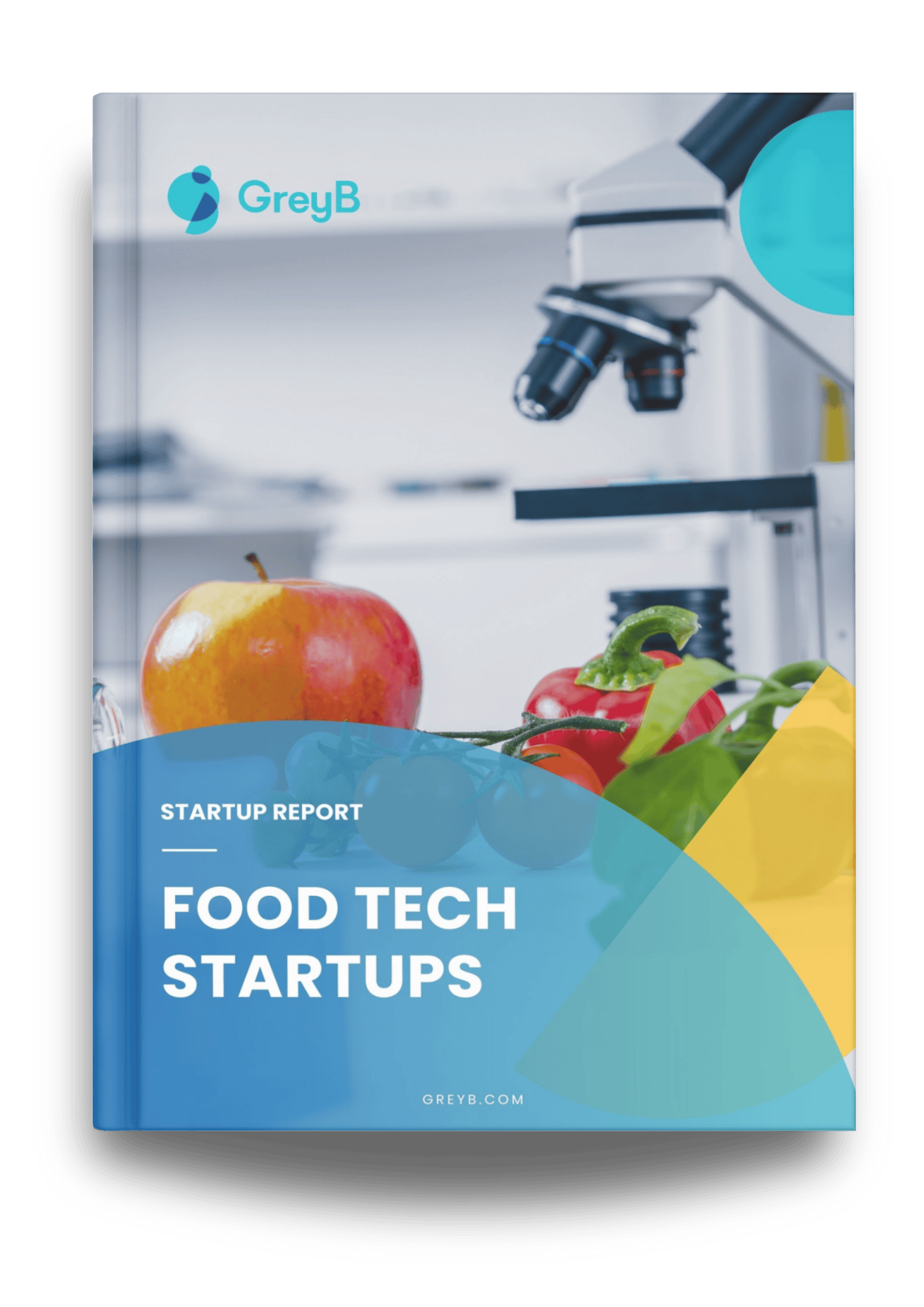
New Solutions for Preservation and Improvement of Meat Texture in Chicken and Fish
The framework below categorizes the three most notable solutions in meat preservation and discusses their applicability, source, effect on texture, and readiness level.
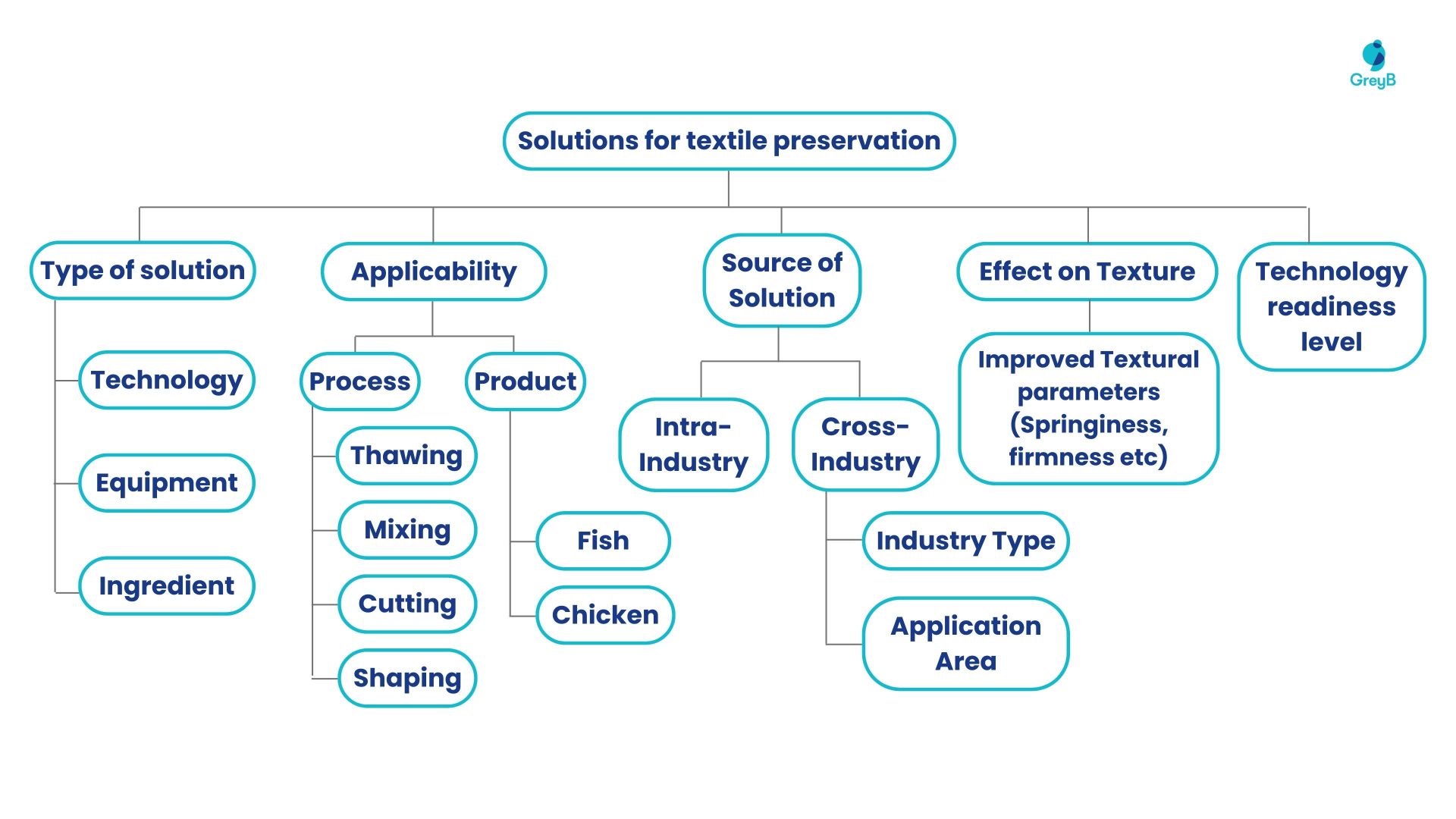
Let’s look into these solutions in detail
1. RT-Mag Thawing Technology
This technique helps to get uniform thawing while reducing water mobility and myofibrillar protein in fish.
Technology: Magnetic Nanometer (magnetic nanoparticle dispersion) combined with radio frequency thawing (RT-Mag)
Overview: In RF-Mag technology, the solution of magnetic nanoparticle dispersion generates heat when exposed to an alternating current electromagnetic field [RF field].
Additionally, the biocompatible magnetic nanoparticles get uniformly distributed throughout the food matrix and help achieve uniform thawing.
Impact on Textural properties:
- Reduced protein aggregation and oxidation
- Decreased water mobility
- Increase in thermal stability of myofibrillar protein
Technology Readiness level: 6 (research phase)
Advantages: In this study by Zhang et al., the sea bass was considered the sample for experimentation. They observed uniform thawing and noticed that the textural properties were similar to that of the fresh sample, with lower protein degradation.
These improvements in texture were reported in comparison to radio frequency thawing (RT), microwave thawing (MT), and magnetic nanometer combined with microwave thawing (MT-Mag).
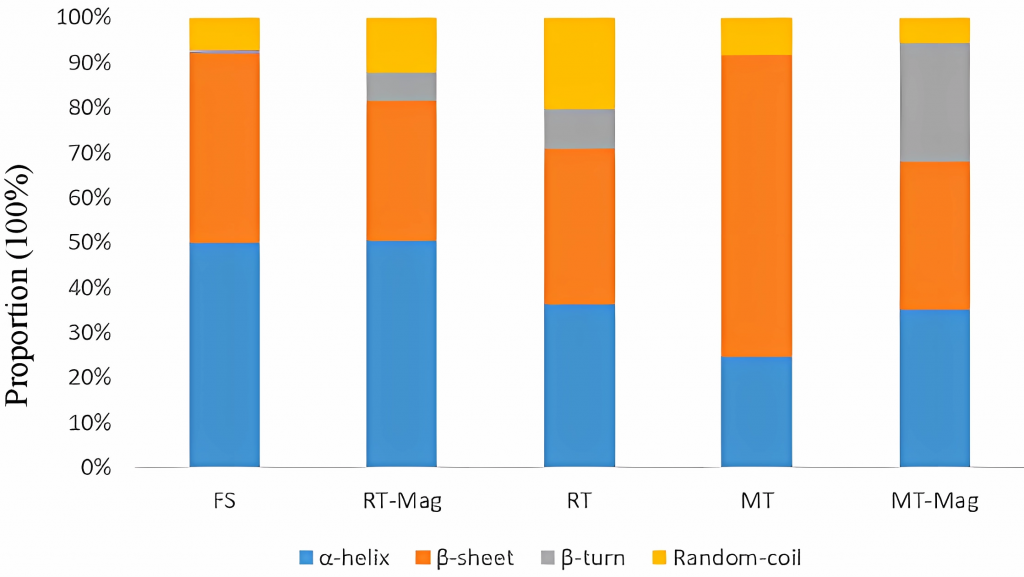
Source: Effects of magnetic nanometer combined with radio frequency or microwave thawing on physicochemical properties of myofibrillary protein in sea bass – Fig (5)
The protein proportion of the RT-Mag thawed sample is relatively more similar to the fresh sample (FS).
2. Industrial Meat-Preparation Grinders
GEA PowerGrind equipment can be used to grind pre-broken frozen meat and hard frozen blocks (with temperatures up to -25 degrees Celsius).

| Dimensions (HxWxD) | 3300x1600x2200 mm |
| Product temperature | Frozen meat up to -25 degrees Celsius |
| Capacity | Frozen meat up to 11 t/h |
Equipment: GEA PowerGrind 280 mm
Overview: A Multifunctional grinder with a two-worm configuration for continuous feeding with minimal configuration changes. Cutting the Frozen meat blocks rather than breaking them up helps prevent dust. It comprises heavy-duty drives, an oil-cooled gearbox, and an optional fixed pre-cutter for high-power grinding.
Impact on Textural Properties: GEA claims that their equipment results in optimal grinding with an enhanced texture of the end product.
Technology Readiness Level: 9 (commercialized)
Application area: Minced meat, Frozen meat blocks
Advantages: Many cutting tools are available for optimal grinding results. Excellent particle definition and minimum fat separation, and furthermore, GEA claims to offer grinders with an effective hard particle and bone separation unit with very low yield loss.

Food Tech Trends Report
Download Report3. Chitosan
Chitosan is derived from chitin, a fibrous compound that is the main structural element of shellfish exoskeletons. It is derived naturally from shells of crustaceans such as shrimp, lobsters, and crabs. This compound can be added to the batter mix to produce enrobed fish products with improved textural, health, and shelf life characteristics.

Including chitosan in the batter improves the water vapor barrier properties and causes a reduction in oil absorption into the fried enrobed fish product.
Ingredient: Addition of Hydrocolloid – Chitosan
Overview: Chitosan is a linear polymer of mucopolysaccharide from animal origin composed of β-1–4 D-glucosamine units.
Studies suggest that chitosan has antimicrobial properties and can increase the shelf life of food products.
Impact on Textural properties: Improved textural parameters of the end product (enrobed fish product) such as hardness value (due to high moisture retention), cutting force (force required to chew), toughness value, chewiness value, gumminess value, cohesiveness value, springiness value.
Technology Readiness Level: 6
It’s worth noting that some suppliers offer food-grade chitosan for fruits and vegetables. However, they do not explicitly claim its applicability to preserving texture in frozen fish and chicken products.
Application area: Enrobed Fish products
Advantages: Helps produce enrobed fish products with better functional qualities, including minimum oil absorption and improved shelf-life.
These texture improvements were reported compared to samples prepared using other hydrocolloids such as ALG- Alginate and GLN- Gelatin.
A Deep Dive Into A Chitosan Sample Solution
We looked closer at a Chitosan sample solution focused on improving texture in meat and poultry during mixing using a hydrocolloid. The chitosan-based sample reduced bacterial growth compared to the control and other hydrocolloid samples.
We further looked into chitosan manufacturers and supply companies and found two that deliver high-quality, food-grade chitosan derived from chitin.
Interested in the complete analysis of Chitosan and its leading suppliers?
Fill out the form below and get the analysis straight to your inbox.
How Can We Help You?
We support industry-leading R&D and Innovation professionals through complex problems. Describe your challenge, and let us bring clarity and expertise.
Authored By: Mayank Maloo, R&D Solutions
Data Expert: Harleen and Vanshika, Patent Analytics

